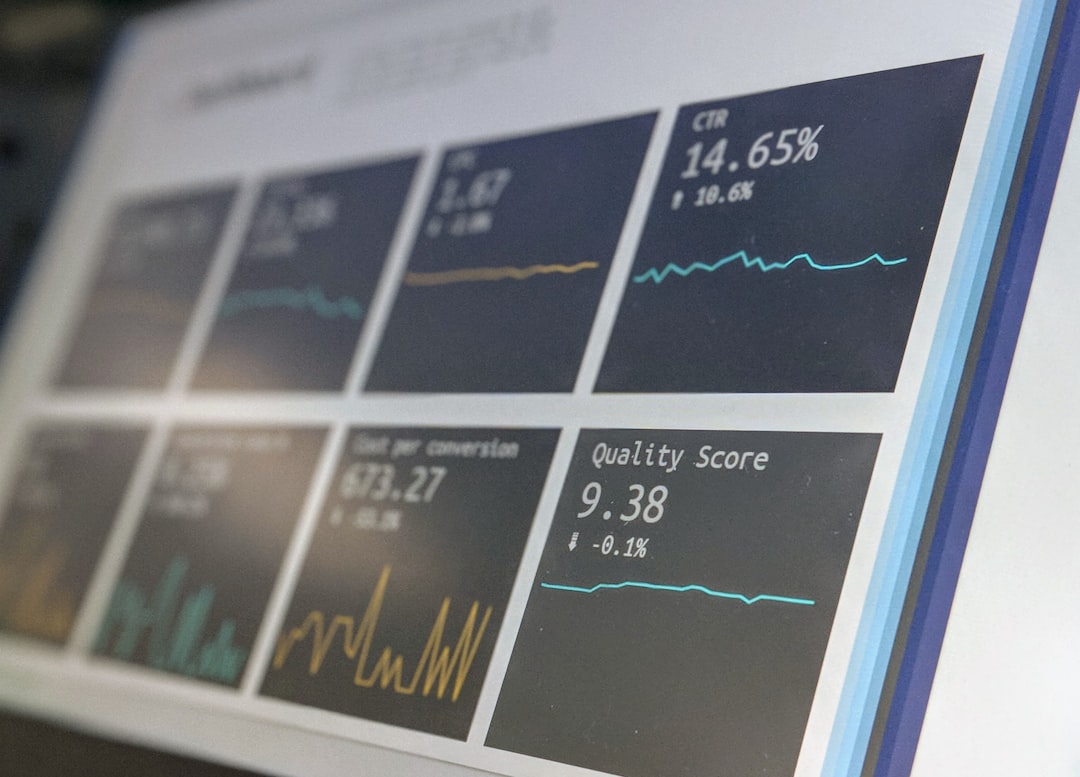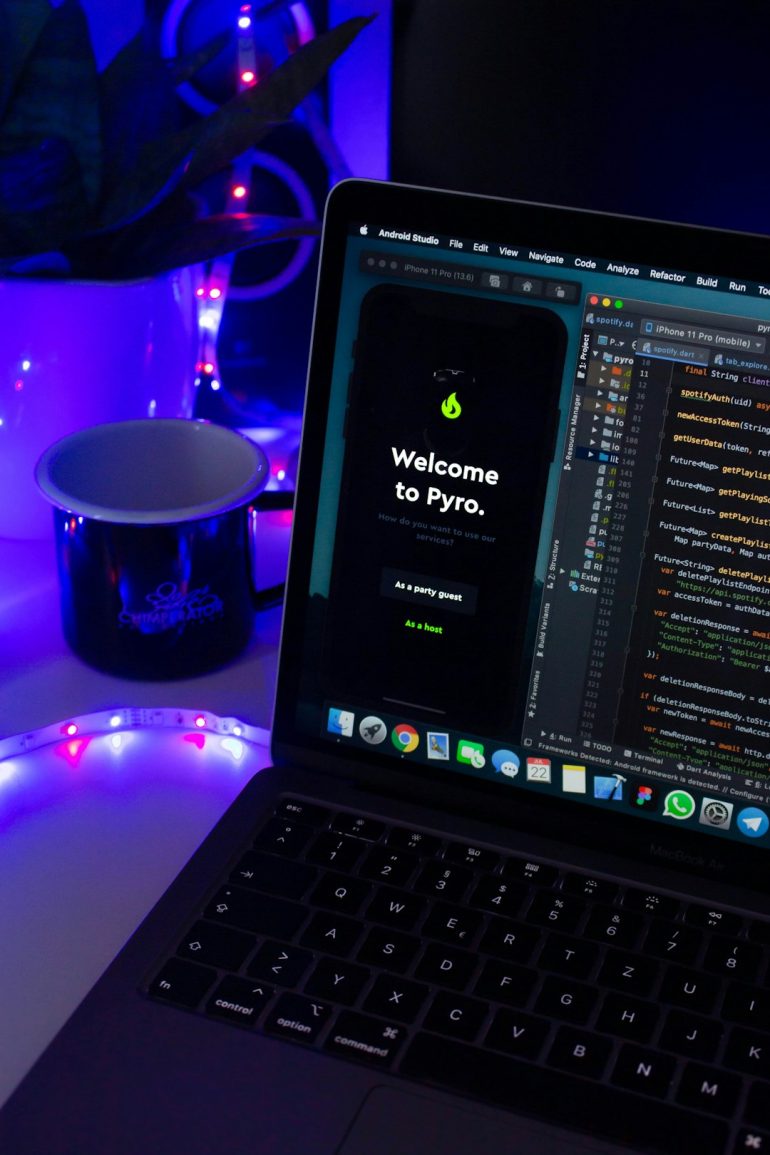How to use Security and Orchestration to Automate SIEM Triage
Security Information and Event Management (SIEM) systems are a cornerstone of modern cybersecurity strategies, allowing organizations to detect, monitor, and respond to threats in real time. However, the volume of alerts generated by SIEM systems can quickly overwhelm security teams. This is where Security Orchestration, Automation, and Response (SOAR) comes into play—providing much-needed automation, efficiency, and intelligence to streamline SIEM triage.
Using SOAR to automate SIEM triage can significantly improve incident response times, reduce false positives, and free up analysts to focus on more sophisticated threats. This integration marks a transformative step in enhancing the cybersecurity posture of any organization.
The Challenge with Traditional SIEM Triage
Table of Contents
Traditional SIEM platforms aggregate and correlate logs from various sources to issue meaningful alerts. However, managing these alerts manually presents several challenges:
- Volume Overload: Security teams may receive hundreds or thousands of alerts daily.
- Resource Constraints: Enterprises often lack sufficient analysts to investigate every incident in depth.
- Alert Fatigue: Constant bombardment with alerts—many of which are false positives—can cause critical threats to be missed.
These complications increase response times and leave organizations vulnerable to undetected attacks.
What is SOAR?
SOAR stands for Security Orchestration, Automation, and Response. It combines the capabilities of multiple security tools into a single platform, enabling organizations to:
- Orchestrate: Connect and coordinate multiple tools such as firewalls, endpoint detection systems, identity management, and more.
- Automate: Use pre-built playbooks to automate repetitive tasks like alert classification and data enrichment.
- Respond: Implement automated or semi-automated responses to specific types of threats.
A robust SOAR platform can ingest alerts from the SIEM, enrich them with contextual data, and take intelligent action—all in seconds.

How to Use Security and Orchestration to Automate SIEM Triage
Here’s a structured approach to leveraging SOAR for automated triage of SIEM alerts:
1. Ingest and Prioritize Alerts
The first step is to configure the SOAR platform to pull alerts directly from your SIEM system. Once ingested, alerts can be automatically tagged, categorized, and prioritized based on factors such as:
- Source of attack
- Type of threat detected
- Historical threat intelligence
- Business impact of the targeted asset
Custom rules and machine learning models can assist in evaluating which alerts require immediate attention and which can be safely deprioritized or ignored.
2. Enrich with Contextual Data
To make informed decisions, alerts need context. Automation scripts can pull in data from:
- Threat intelligence platforms
- Asset management systems
- Vulnerability scanners
- Past incident reports
This enrichment transforms raw alerts into full incident stories, helping analysts understand the “who,” “what,” and “why” almost instantly.

3. Trigger Automated Playbooks
SOAR platforms come with or can be configured to use predefined playbooks that outline step-by-step procedures for dealing with specific alert types, such as:
- Phishing attacks
- Malware detections
- Unauthorized access attempts
These playbooks can automatically initiate actions like isolating endpoints, resetting credentials, or initiating forensic investigations—all without human intervention.
4. Implement Feedback Loops
As the system operates, it should learn from outcomes. Integrating machine learning allows it to improve alert classification over time based on analyst feedback and past incident outcomes. This adaptive capability ensures that your SIEM-SOAR integration becomes smarter with continued use.
Benefits of Automating SIEM Triage
Automating SIEM triage using SOAR offers several tangible benefits:
- Faster Response Times: Threats can be neutralized in minutes rather than hours.
- Reduced Workload: Analysts are free to focus on high-level investigations.
- Consistency: Automated workflows ensure that every alert is handled according to best practices.
- Scalability: Easily handle growing volumes of alerts without needing linear growth in staffing.
Best Practices for Success
To get the most from this integration, consider these best practices:
- Regularly Update Playbooks: Ensure they reflect evolving threat landscapes.
- Audit and Refine Workflows: Continuously monitor system performance and tweak rules based on feedback.
- Train Your Team: While automation helps, human oversight is still essential for handling edge cases and refining the system.
In the age of modern cyber threats, manual triage simply doesn’t scale. By combining SIEM with the orchestration and automation capabilities of SOAR, organizations can enhance both speed and accuracy when dealing with security incidents. The result is a more resilient, responsive, and resource-efficient cybersecurity strategy.







